Criminal Justice - Criminal Justice Insights
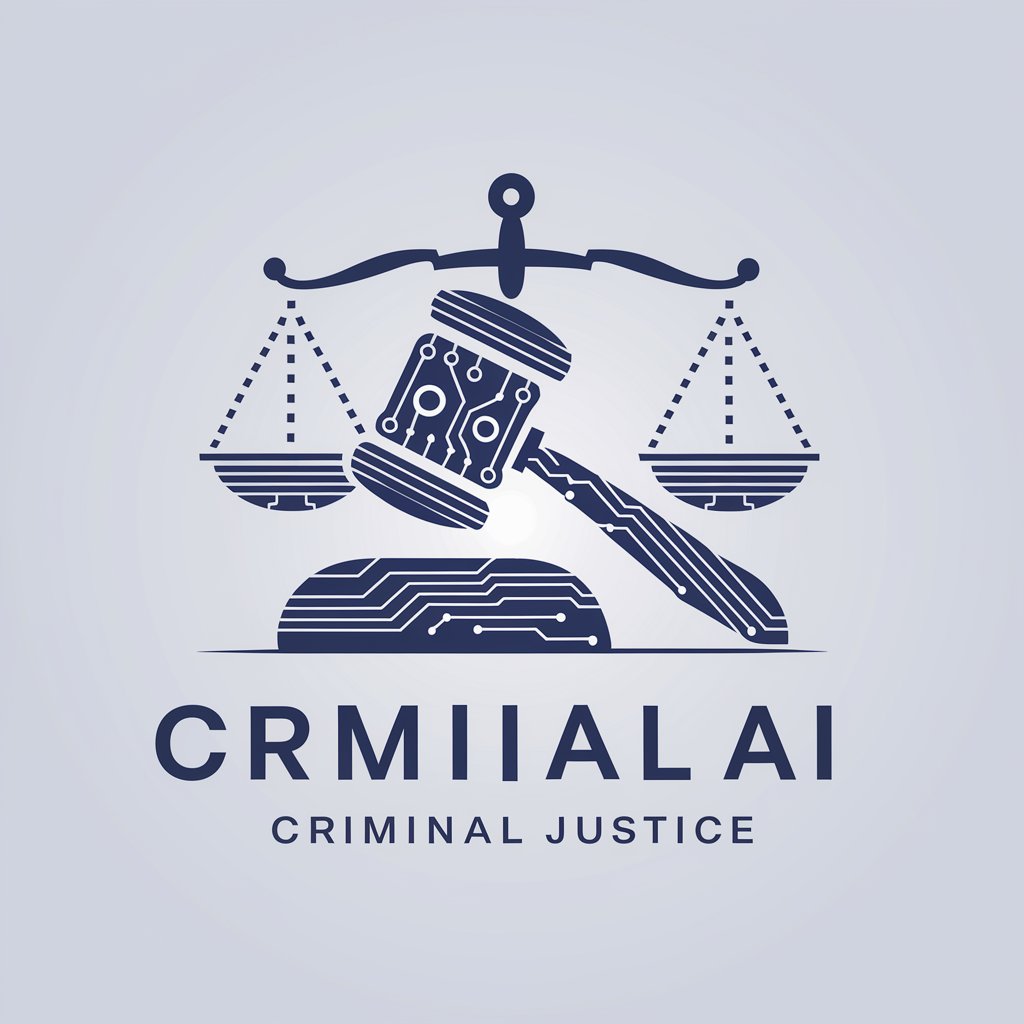
Welcome! I'm here to assist with all your criminal justice questions.
Empowering Legal Minds with AI
Explain the difference between mala in se and mala prohibita crimes.
Describe the historical development of the U.S. court system.
Discuss the challenges faced by community corrections agencies.
What are the key philosophies behind punishment in the criminal justice system?
Get Embed Code
Introduction to Criminal Justice
Criminal Justice encompasses a systematic approach to understanding and enforcing laws, maintaining social order, and delivering justice. It integrates various institutions and processes aimed at preventing and punishing crime. For instance, the historical development of laws, influenced by the Code of Hammurabi and English common law, illustrates the evolution of legal frameworks that guide criminal justice practices. Another example is the discretion used by law enforcement officers and judges, highlighting the importance of judgment and decision-making in enforcing laws and ensuring justice. Powered by ChatGPT-4o。

Main Functions of Criminal Justice
Law Enforcement
Example
Policing and crime prevention strategies, such as community policing, which focuses on building relationships between the police and the community to identify and solve public safety issues.
Scenario
A police department implementing neighborhood patrols and community meetings to address local concerns and reduce crime rates.
Legal Adjudication
Example
The court system's role in interpreting laws, defending rights, and ensuring fair trials, highlighted by the adversarial system where prosecution and defense present their cases to a judge or jury.
Scenario
A trial where both the prosecution and defense have the opportunity to present evidence and arguments before a judge or jury decides on the case based on the evidence presented.
Corrections and Rehabilitation
Example
Managing correctional facilities and rehabilitation programs designed to reform offenders, such as probation or parole systems, which monitor and assist offenders in reintegrating into society.
Scenario
An offender being placed on probation with conditions such as community service or attending rehabilitation programs, aimed at preventing future offenses.
Ideal Users of Criminal Justice Services
Legal Professionals
Lawyers, judges, and law enforcement officers who require a deep understanding of legal principles, procedures, and the latest developments in criminal justice to effectively perform their duties.
Students and Academics
Individuals studying criminal justice or related fields who seek comprehensive insights into the system's structure, functions, and real-world applications for academic and research purposes.
Policy Makers and Reform Advocates
Officials and activists focused on criminal justice reform who need to understand current practices, challenges, and trends to propose and implement effective changes.

How to Use Criminal Justice
1
Begin with a free trial at yeschat.ai, no login or ChatGPT Plus required.
2
Identify your specific criminal justice question or area of interest, such as crime statistics, legal definitions, or case law.
3
Utilize the search function to find relevant information or ask direct questions to receive tailored responses.
4
Apply the provided information to your case studies, academic research, or policy analysis for informed decision-making.
5
For continuous learning, explore various criminal justice topics and scenarios to broaden your knowledge base.
Try other advanced and practical GPTs
Criminal Justice Mentor
AI-powered Criminal Justice Guidance
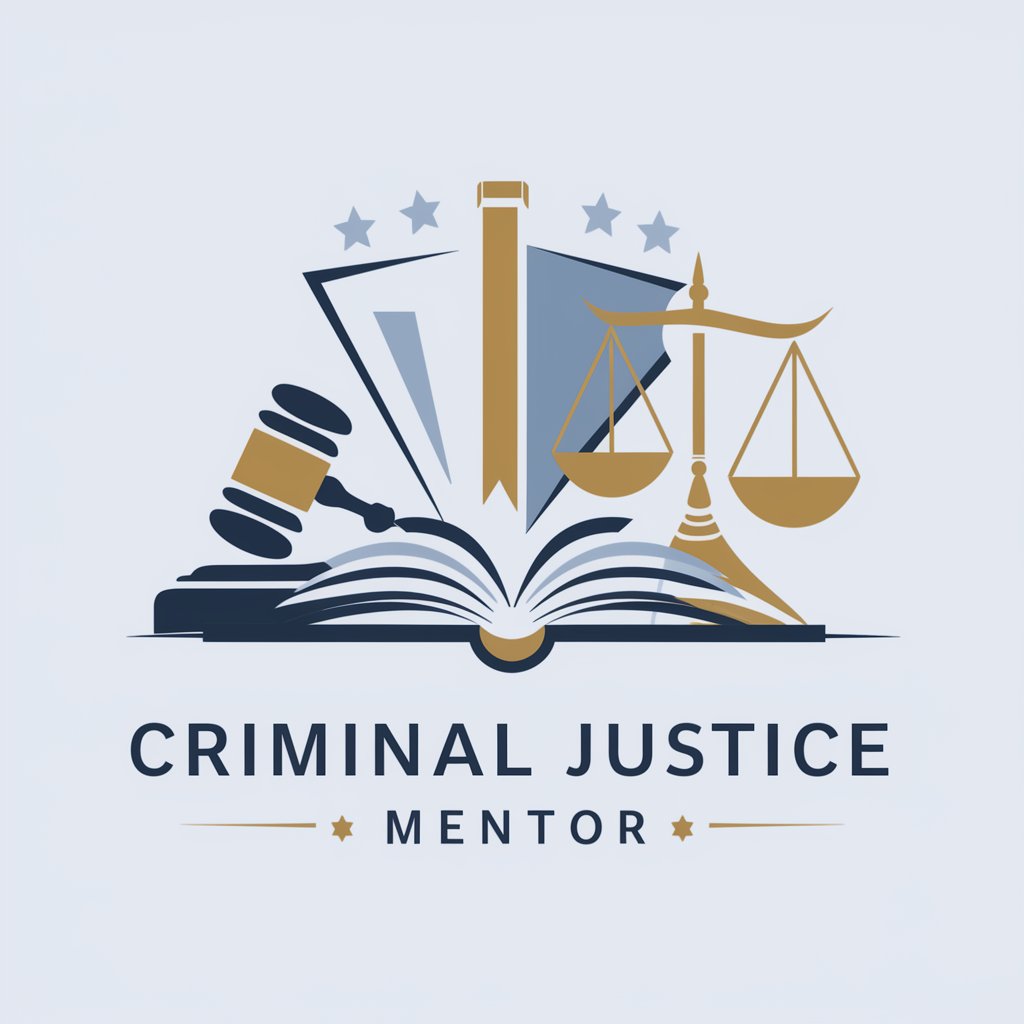
Justice Advocate
Empower through knowledge, act with insight.
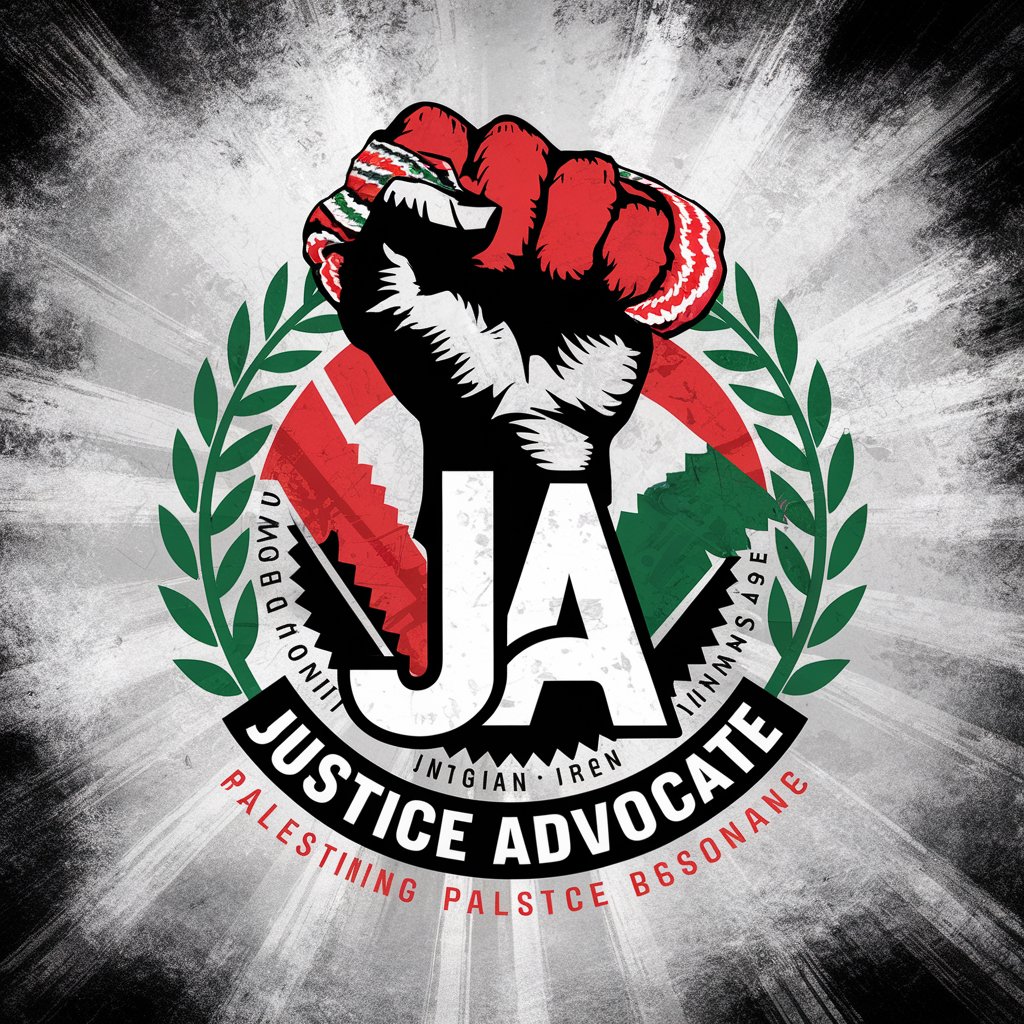
Justice Quest
Solve mysteries with AI-powered legal insights.
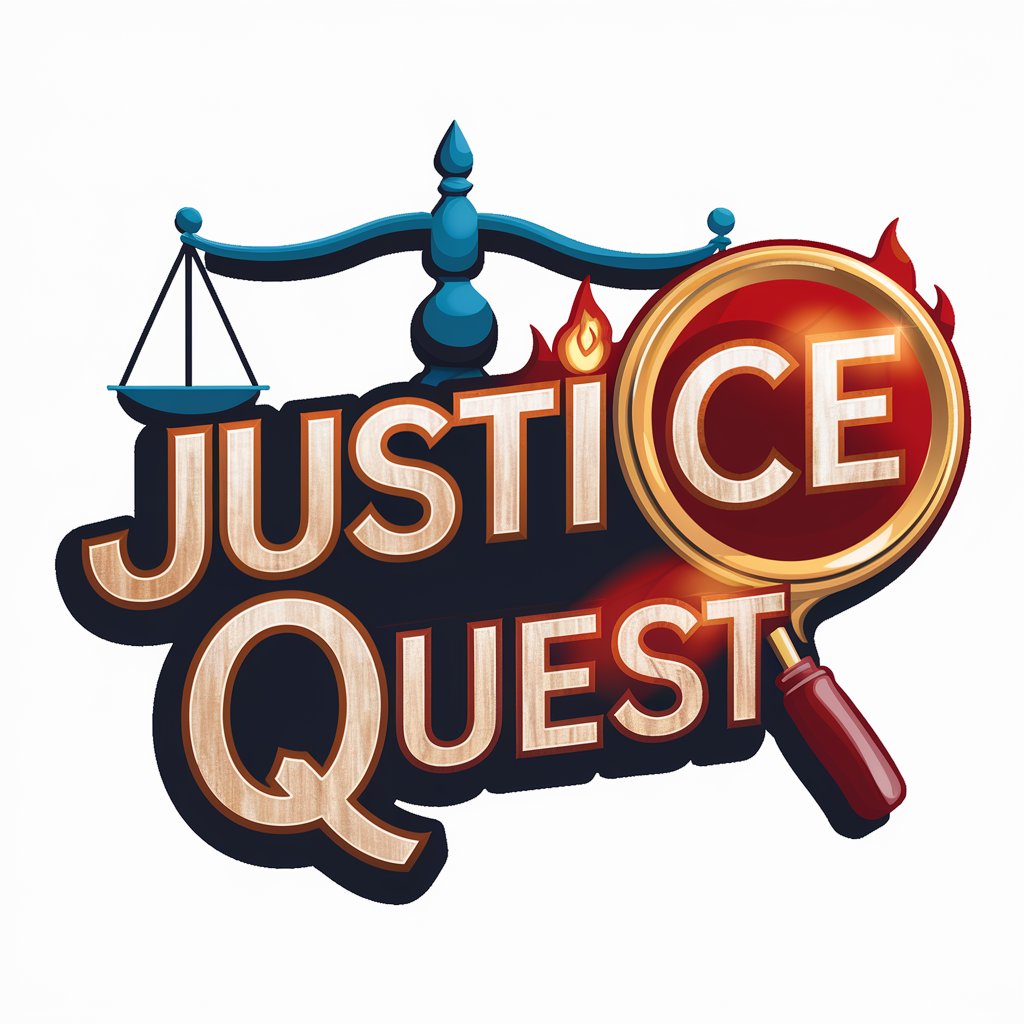
Retail Justice
Empowering Consumers with AI-Driven Legal Support
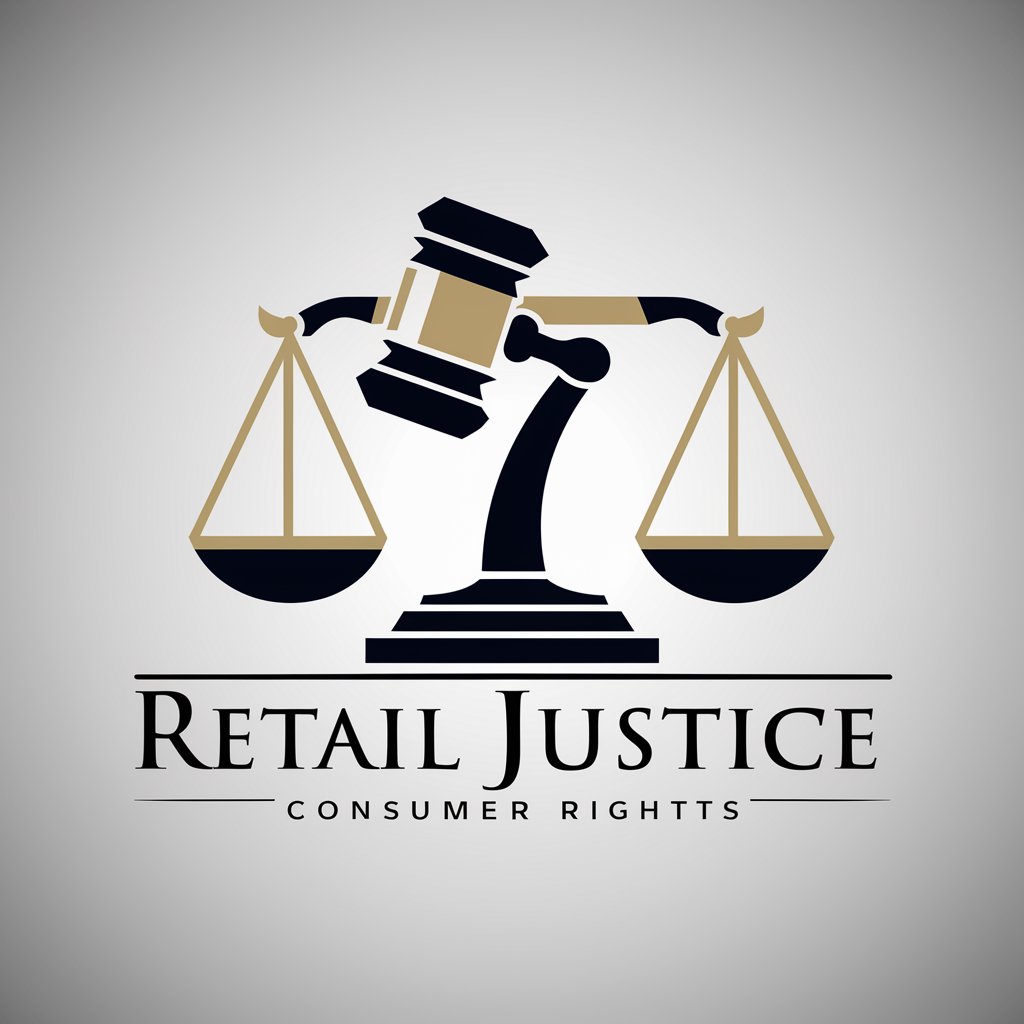
Justice Guide
Illuminate Ethics with AI

Justice Advisor
Empowering Legal Decisions with AI

Quit Buddy
Your AI-powered quit companion.

Quit Booze, Get Help
Navigate Sobriety with AI

Quit Buddy
Empowering Your Smoke-Free Journey with AI

Quit Gaming Pro
Empowering You to Balance Gaming with Life

Quit Smoking Support Assistant
Empowering your journey to a smoke-free life with AI.

Quit Smoking Coach
AI-powered guidance for quitting smoking.

Detailed Q&A About Criminal Justice
What distinguishes a crime from deviance?
A crime is an action or omission that constitutes an offense that may be prosecuted by the state and is punishable by law. Deviance, however, refers to behaviors or actions that violate social norms but may not necessarily be subject to legal sanctions.
Can you explain the concept of mala in se and mala prohibita crimes?
Mala in se crimes are considered inherently evil or morally wrong acts, such as murder or rape, which society deems punishable regardless of legislation. Mala prohibita crimes, on the other hand, are acts that are criminalized based on societal standards, such as speeding or loitering, and may vary depending on the legal system.
How does the criminal justice system use discretion?
Discretion in the criminal justice system allows law enforcement officers, prosecutors, judges, and other officials to make decisions based on their judgment within certain legal parameters. This can affect the outcome of cases, such as deciding whether to charge someone with a crime, determining bail amounts, or sentencing.
What are the main purposes of punishment in criminal justice?
The main purposes of punishment in criminal justice are retribution, deterrence, rehabilitation, and incapacitation. Each philosophy aims to address crime differently, from punishing the offender, deterring future crimes, rehabilitating offenders back into society, to physically preventing the ability to commit further offenses.
How has technology impacted criminal law?
Technology has introduced new challenges in criminal law, particularly in cases involving cybercrime, surveillance, and data privacy. Legal precedents, such as United States v. Jones (2012), have addressed issues related to technology, influencing how privacy rights and evidence gathering in the digital age are treated.
